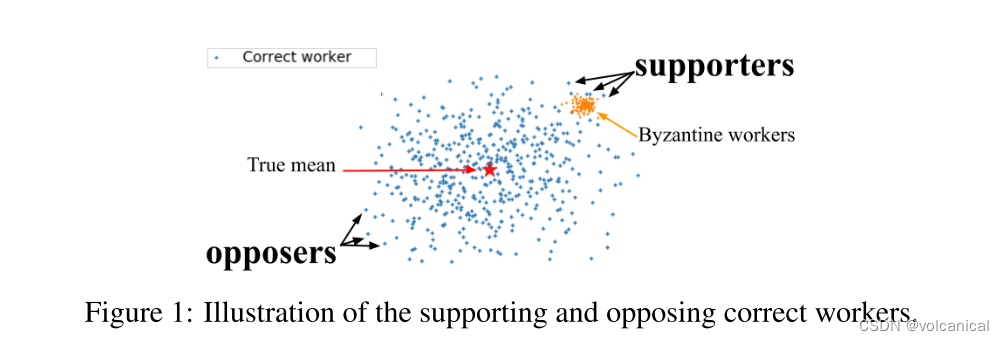联邦学习的攻击方法:LIE
简单的总结,只是为了能快速想起来这个方法。
无目标攻击


例如总共50个客户端,有24个恶意客户端,那么这个时候,他需要拉拢2个良性客户端
计算
50
−
24
−
2
50
−
24
=
0.923
\frac{50-24-2}{50-24}=0.923
50−2450−24−2=0.923,然后查正态分布的表,找到对应的z值,修改恶意客户端的参数即可。
def lie_attack(all_updates, z):
avg = torch.mean(all_updates, dim=0)
std = torch.std(all_updates, dim=0)
return avg + z * std
后门攻击

就是在后门任务的损失上,多了一项,后门模型和正常模型距离损失。






















 2076
2076











 被折叠的 条评论
为什么被折叠?
被折叠的 条评论
为什么被折叠?










